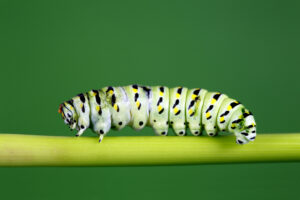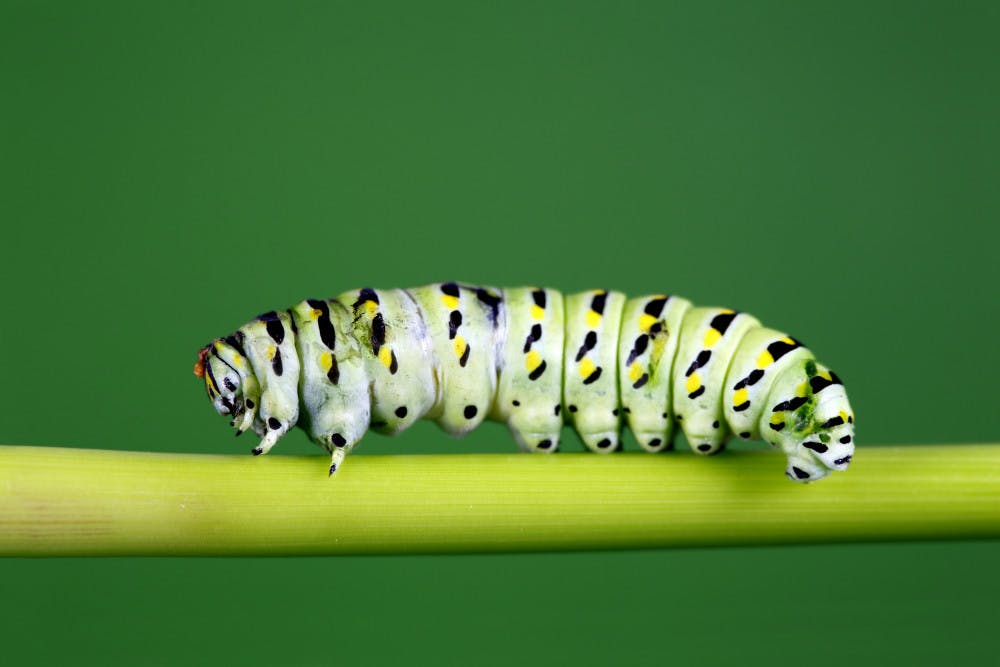By Ian Krietzberg
Nation & World Editor
Plastic waste, the crux of the ever-increasing threat of global pollution, is growing at rapid rates, according to National Geographic. Since the ‘50s, the world has produced more than 8 billion metric tons of plastic — and of that, only nine percent has been recycled. If trends continue, landfills could contain approximately 12 billion metric tons of plastic waste by 2050. But this is an issue that a little caterpillar might be able to solve.

While much is still unknown, researchers at Brandon University in Manitoba, Canada, have determined that the waxworm, a species of the caterpillar, can ingest and metabolize plastic at “‘unprecedented rates,’” according to USA Today.
A recent study found that the reason behind their strange ability to consume plastic is due to the microorganisms that reside in a waxworm’s gut, which allows them to ingest and metabolize various types of plastic.
But it wasn’t the microorganisms alone that make the waxworms so powerful — the worms themselves are also able to consume and break down plastic, according to Discover Magazine. The worms and the bacteria work in a symbiotic relationship, which increases the speed of biodegradation.
"While there has been some good progress in figuring out some of the key components, there are still a few more puzzles to solve before this can be effectively used to solve our plastic problem," Christophe LeMoine, an associate professor at Brandon University, said to CNN.
The ultimate goal, according to USA Today, is to utilize the microorganisms in the waxworms’ guts to break down plastic.
"We envision harnessing the waxworm and its microbiome to develop approaches that do not require whole organisms – rather the products or by-products produced from their interactions that make their ability to breakdown plastic so efficient," said Bryan Cassone, a researcher and associate professor at Brandon University, to USA Today.







